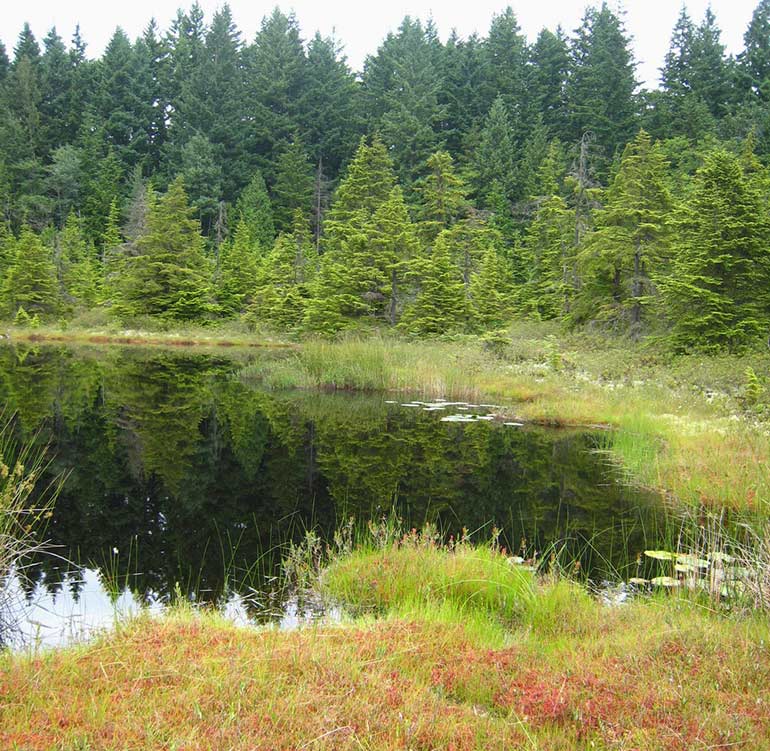Sending Site Information

King County's TDR program aims to conserve rural and resource lands by transferring development potential out of rural areas to urban areas where growth is desired. To achieve this goal, owners of qualified rural lands can choose to separate some or all of their unused development rights from their property, and sell them to a developer who can use them to increase density at a qualified receiving site. When development rights are transferred from a sending site, a permanent conservation easement is placed on the sending parcel.
Sending site qualifications
Properties qualified to send TDRs will be within one of the following zones:
- R-1 Urban Separator
- R-4, R-6, R-8, R-12, R-18, R-24, or R-48*
- RA-2.5
- RA-5
- RA-10
- A (agricultural)
- F (forest)
AND provide at least one of the following public benefits:
- agricultural potential
- forestry potential
- critical wildlife habitat
- open space
- regional trail connectors or urban separators
(*NOTE: Properties in R-4, R-6, R-8, R-12, R-18, R-24, and R-48 are eligible only if they are also designated as urban residential medium or high in the King County Comprehensive Plan and are approved for Conservation Futures Tax funding by the King County Council.)
To determine if your property meets the public benefit criteria, contact a staff member in the King County TDR Program.
Properties within incorporated cities are not eligible to participate in the King County TDR Program (See also TDR Code). Consult with your local planning department to see if there might be a similar program within your incorporated city limits.
Benefits to landowners
By selling development rights, landowners achieve an economic return on their property while maintaining ownership of the land and maintaining it in farming, forestry, habitat or parks and open space in perpetuity. For information about the TDR market, including data about recent sales, go to the TDR Market Information page.
Many people who own land in the rural area would like to keep their land open for forestry, agriculture, or wildlife habitat or ecological benefits. However, because of rising land values, the economic pressure to subdivide and sell off pieces of the land is very strong. By becoming a sending site, a property owner can retain ownership of their land for forestry, farming, or open space uses while gaining monetary benefit from selling off the development rights. It is also possible to reduce your property taxes by transferring development rights from your property.
FAQ
If I already have a house on my property, or if I would like to build a house in the future, can I still participate in the TDR program?
If you have more than one development right available on your property (the combination of zoning and acreage would allow you to subdivide and build more than one house), then you may be able to retain the right to build and participate in the TDR program. For example, if your house is on a 20-acre lot in an area zoned RA-5, you could potentially keep one development right and transfer 3 TDRs from your property.
How many development rights can I get?
The zoning of a parcel and its size are used to calculate the number of development rights that are attached to a parcel. The acreage that can be used to determine the number of development rights is the area of the parcel minus the amount in submerged lands and any land being retained for development on site. Parcels located in some areas, such as rural forest focus areas, agricultural lands, or small, non-conforming lots may also get one or more "bonus TDRs." In these areas the number of development rights allowed may be higher than the number calculated from the base zoning alone. The number of development rights a particular parcel can transfer will depend on the specifics of your situation and will be determined on a case-by-case basis during the qualification process. The following table can help you estimate the TDRs you might have available (See also TDR Code).
Sending Site Allocation
| Type | Zoning | TDRs per acres |
|---|---|---|
| RURAL | F | 1 TDR per 80 acres |
| RURAL | A | 1 TDR per 5 acres |
| RURAL | RA-10 | 1 TDR per 5 acres |
| RURAL | RA-5 | 1 TDR per 5 acres |
| RURAL | RA-2.5 | 1 TDR per 2.5 acres |
| URBAN | R-1 | 4 TDRs per 1 acre |
How do qualified sending site property owners sell their development credits?
The TDR Exchange section of this website facilitates contact between owners of certified TDRs and potential buyers (often developers), and provide a mechanism for interested parties to follow TDR market activity.
You can also see additional information about buying and selling TDRs in King County.
How do I apply to become a sending site?
You can review the steps of the TDR enrollment process, or contact TDR Program staff at any time.
 Translate
Translate